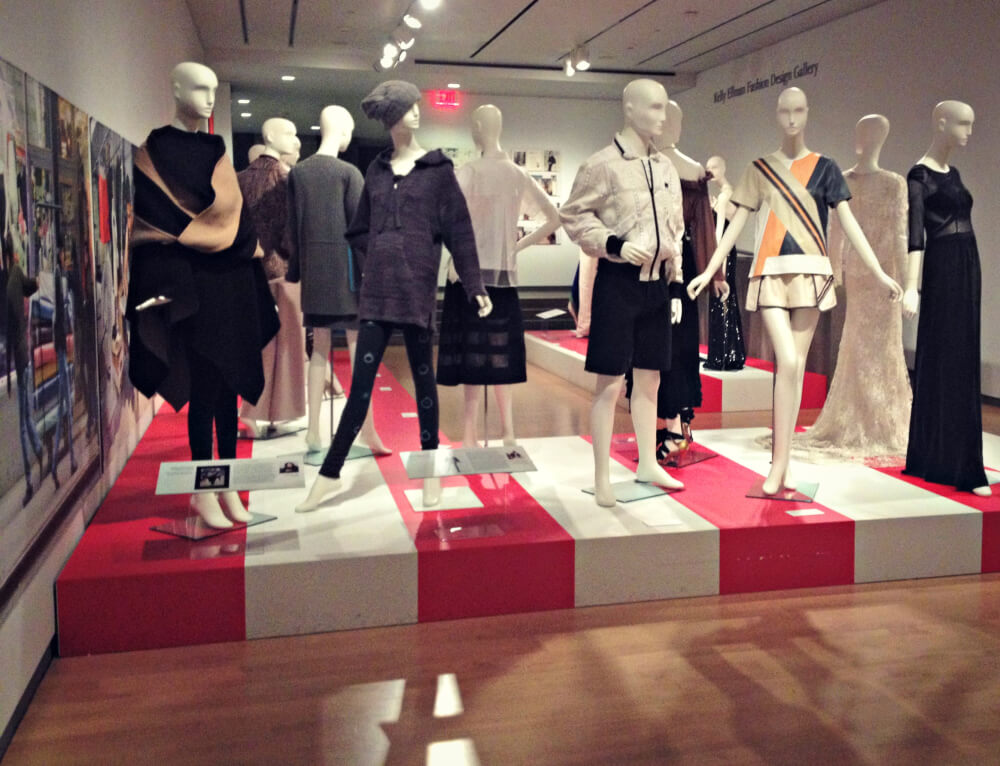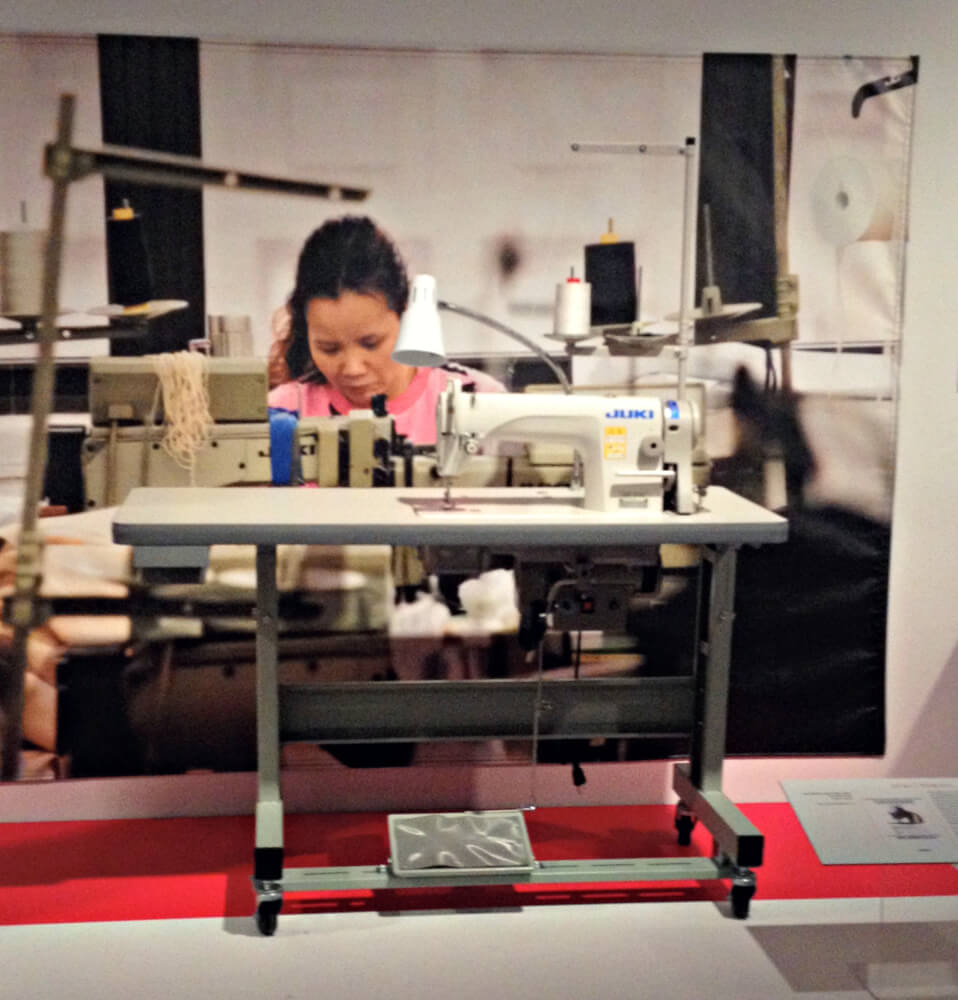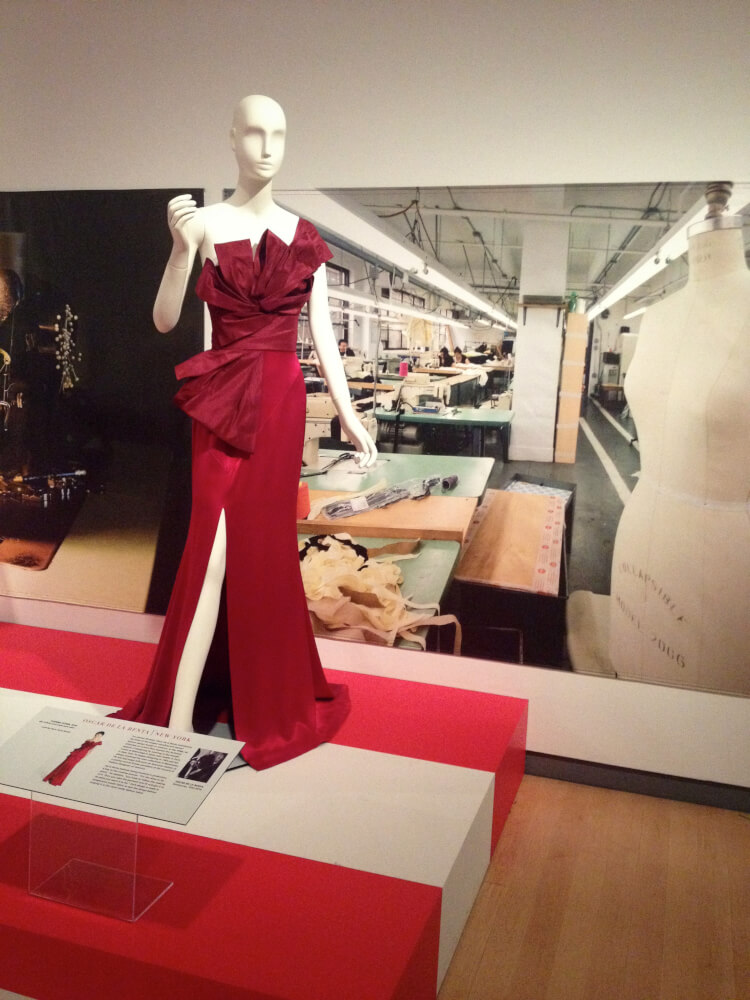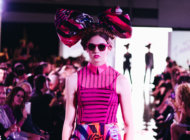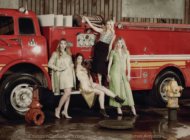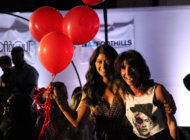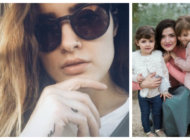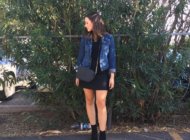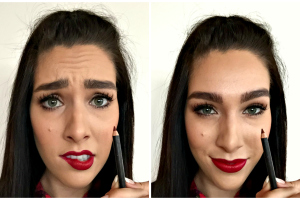Phoenix Art Museum always showcases impressive exhibits in their Kelly Elman Fashion Design Gallery. However, the current exhibit, Fashioned in America, is one we truly believe EVERYONE (especially those who want to work in the fashion industry) need to see.
We sat down with the museum’s Fashion Curator, Dennita Sewell, to help show you how important this exhibit, and the accompanying documentary, Make it in America, truly are to the future of the fashion industry in the United States.
CitS: Why was Fashioned in America an important exhibit for Phoenix Art Museum to host?
DS: It all started because we had screened The Tents here, and the director, James Belzer, had flown out to be a part of it. After the screening, we went out to dinner and I asked him “What are you doing next?” and he was talking about Make it in America.
During my undergraduate education, my professor Dr. Kittie Dickerson was the lead researcher for the Crafted with Pride in America campaign in the 1980’s, and through her connections with all of that, she brought many illustrious people to speak and, of course, it became a real interest. So I immediately perked up and thought, “Wow, I haven’t thought about that topic in awhile and here’s someone who’s profiling that and I’d love to work on a project in tandem.”
I felt that the topic is important enough that it needed not only the movie, but the actual clothes in an exhibition that people could see and think about. We worked in tandem form the beginning in an unofficial manner, both of us with limited resources, pooling our connections and our resources and inspiring each other creatively throughout the summer.
In this exhibit, you’ll see some of the people that he interviewed like Ralph Rucci, which was already a friend of the Phoenix Art Museum fashion department, Nanette Lapore, and Anna Sui. We were also able to reach out to some other designers. I wanted to show an LA fashion sensibility, so there’s Libertine here and a couple of other people from LA. That’s how it really came about.
What I hope it achieves is….. well to make an analogy, if you go to the grocery store to buy a carton of milk, do you think about the cow? Do you think about the farmer? Do you think about the truck that got it to the store and the person that stocked it?
That’s why these photos here {in the exhibit} give people the opportunity for raised consciousness about what goes into making a garment. And that’s why I start it off with the sewing machine. Because, unlike some other industries, it still requires a person with skill sitting there at the machine. It’s quite heavily dependent on labor to make the garment. It’s really not that much different from when the sewing machine was first invented. Yes it’s faster, yes it’s more reliable, but the idea of how it all works is still pretty much the same.
To also point out, look at the diversity of people that are in these photographs. It’s not just women; it’s not just one type of person. This has been, in America’s history, a very powerful economic force and opportunity for jobs. It brings all those things to the forefront for raised consciousness.
CitS: I think one of the great things about this exhibit is all the different types of fashion that are represented. We have everything from Ready to Wear, to Men’s Fashion to Gowns… I love seeing the variety of clothes you can produce in America.
DS: That was my goal. To bring the highest level that was being created in the US to the gallery. And diversity. To show how many great designers we have. That’s why, with the exception of two designers, there’s only one piece per designer. I wanted a bunch of different personalities and types to say, “This is American Fashion.”
CitS: How long did it take you to curate this exhibit and what was that process like?
DS: Everything always starts with research. I was talking with James Belzer, looking at sites online that promote American design, and I went to Bergdorfs and Barneys in New York on two different trips and I looked at tags, because I wanted to make sure that what we were showing here in the gallery was true.
The pieces that are here are from designers who make 75% or more in America. Very few people do 100%.
I then traditionally work with the PR people, requesting a look from them. The challenge is these designers are so brand conscious that no one wants to go first. So they all want to know who else is participating and I’m like… “Well somebody has to say yes first!”
The process can be quite back and forth because they really want to know how the mannequins will look and how they will be represented on the website. They’re REALLY brand conscious. I have to answer a lot of questions first.
Then, you have to get them to actually ship it after you decide which piece.
I also wanted to interview the designers about these pieces. The smaller panels talk in a more personal point of view, why that piece is important to that designer. I wanted to get different points of view across coming from those in the industry.
It’s funny because the museum world and timeline is so different from the fashion world. These designers are making at least two collections every year. So if I’m emailing them in July about something that’s happening months later, they’re presenting several collections between now and then.
Often what happens is that I don’t have the pieces until much closer to the opening, because the designer’s mentality is wanting to present the newest and the latest, so even though for this purpose something from a few seasons back would have been perfectly fine, that’s not what they want to show. In this case, I was very concerned about showing the designer’s point of view and what they would select, and what’s important to them.
CitS: Do you think that Arizona will ever be a place where there is apparel manufacturing?
DS: Well, I think that is right now. At the opening of Fashioned in America, we had local makers here. We had someone bring in an industrial sewing machine from Lawless Denim and he was making a denim jacket during the opening. So, it’s happening. But, the people that are represented at the show are working at a level where they’re in the fashion system so to say.
Right now, there’s no one that I know of presenting at fashion week in New York from Arizona. I think we have a lot of desire. I think we have a lot going for us. I’m very much an advocate of designers on every level.
CitS: What do you think it would take to get that level of fashion in Arizona? What is the museum doing to encourage people to be designers from and based here?
DS: What would it take to have it in Arizona… that’s sort of like a seminar series just to scratch the surface.
One of the challenges that people find is the lack of skilled labor. That sewing machine {in the beginning of the exhibit} sews at 5,000 stitches a minute. You have to know how to run it. You have to have the feeling and the experience for making a garment to make a high quality garment. That’s where the areas of opportunity are in the US.
The overseas markets are making mass made t-shirts and things like that at a rate that is hard for us to compete with economically. But pieces like you see here in Fashioned in America are on the higher end where the contact between the designer and the maker are so important and the expectation from the consumer for fit and finish are at the highest. That’s where we really have the areas of opportunity.
Right now, there’s two challenges to the Arizona fashion industry: skilled labor and getting the consumer to value paying more for clothes. We’re not pointing fingers at anyone here at the museum; we’re just raising consciousness. My personal thought is, do we really need as many clothes as we buy? Or would we be just as well off with a few less that are of higher quality that we pay more for?
Those are some of the questions that I think about. The economic and cultural implication that echoes off of the fashion industry is really vast and important. If New York didn’t have the fashion industry, it wouldn’t be the cultural capital. A segment of that culture would be gone that is so valued about New York.
I think what I can do best here at the museum is bring the highest level of works to look at, and the highest level of speakers for our community to be exposed to. If this exhibition encouraged local people and fostered thought, than my goals are achieved. Not just the designers, but the consumers. We even did this by having some of those local makers at the opening of Fashioned in America and exposing our members to places they’ve never gone before, like Roosevelt Row.
Fashioned in America wraps up on March 15th, so be sure to visit Phoenix Art Museum sometime in the next month. We promise you won’t be disappointed. For more information on this exhibit and others at the art museum, visit PHXart.org.
And be sure to check out the Made in America documentary that inspired Dennita Sewell to curate the Fashioned in America exhibit. You can watch it on Amazon here.
Thank you Dennita for your time and insight into why Fashioned in America is a must-see for those working in the fashion industry, and consumer alike.
XoXo
Couture in the Suburbs













